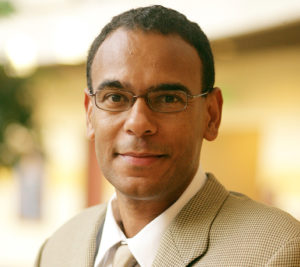By Arial Starks

David Owens
One of the key components to growth and forward movement in any organization is embracing innovation and implementing change. Change is inevitable if an organization desires to maintain competitive advantage and thrive in the midst of an ever-changing market. David Owens, Vanderbilt Professor for the Practice of Management and Innovation, and Evans Family Executive Director for The Wond’ry Innovation Center, shares some insight into how innovation plays a role in the growth of business.
Should my organization innovate?
One of the first steps to deciding when and how to move an organization forward is to determine the type of innovation that is necessary for the area of business where you want to see growth. Owens points to the fact that change is always necessary to some capacity in business, but figuring out the right timing and type of innovation you will need to implement change is key.
“Change is always going to be revolutionary or evolutionary, so the question is not ‘do I need innovation’, but rather ‘do I need an adaptive change or a radical change’,” he says.
Owens says when deciding whether revolutionary or evolutionary innovation is appropriate for an organization’s change initiative, one should consider several factors including cost and how to approach the different styles of change.
“There are different amounts of risk attached to evolutionary and revolutionary innovation. Depending on your ambition, you also have to account for the amount of risk that it will create for you, your employees, your shareholders, and/or customers,” says Owens.
Determining when to move an organization forward
Before deciding to move an organization forward it is important to observe change in the market around you and be able to identify what Owens refers to as ‘weak signals’. Owens says it is also vital from a leadership standpoint to assess how innovation and change could both positively and negatively affect your organization.
“It’s looking at your own innovation capacity and then deciding whether it’s sufficient to get you where you need to go as an organization,” he says.
As a leader navigating a team through change and innovation, it can be difficult but necessary to work in the present while simultaneously thinking about the future. Owens says to successfully achieve transformational growth, organization leaders must learn to balance maintaining what they have been doing and are good at, while remaining open to change at the same time.
“When trying to determine when to innovate, you have to think about how you can keep the core competencies that are paying the bills right now, and at the same time not cut off the things that would pay the bills in the future.”
If you are looking to accelerate your professional growth trajectory, you can register for the Vanderbilt Executive Education Program for Individuals Leading and Achieving Transformational Growth, which Owens will co-teach with Todd McCullough, Adjunct Professor at Owen Graduate School of Management.